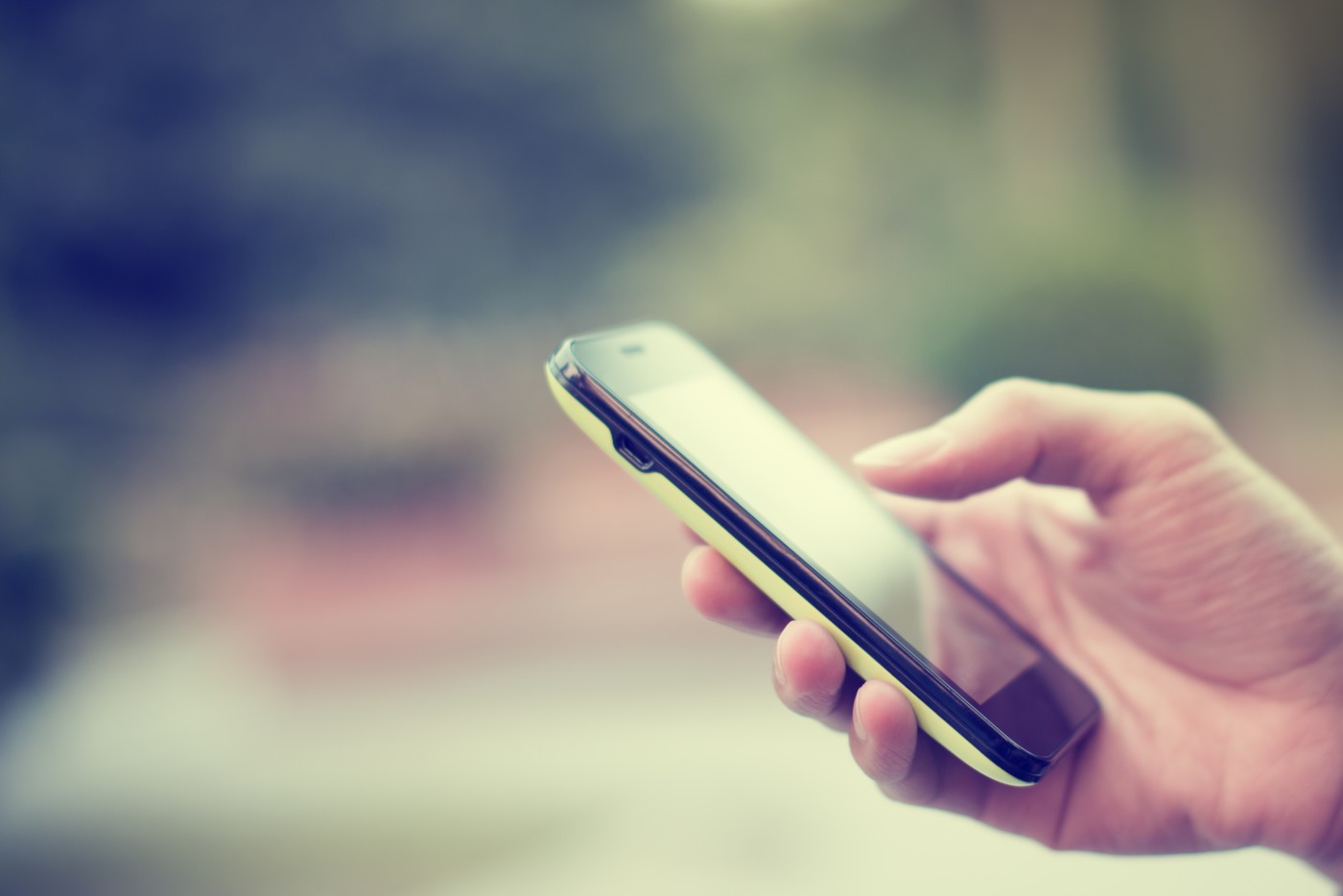Smartphone App May Help Assess Anemia Using Eyelid Pictures

A smartphone app that measures hemoglobin levels using pictures of a person’s inner eyelid may help assess anemia in people with blood disorders such as sickle cell disease, a new study reports.
The study, “mHealth spectroscopy of blood hemoglobin with spectral super-resolution,” was published in the journal Optica.
Hemoglobin is the protein that carries oxygen throughout the body in red blood cells. Laboratory tests of blood hemoglobin levels are done routinely as an initial screening for anemia.
“Depending on the hospital setting, it can take a few hours to get results from a blood test. Some situations also may require multiple blood tests, which lead to more blood loss,” Young Kim, a professor of biomedical engineering at Purdue University and the study’s senior author, said in a press release.
Current non-invasive technologies to measure hemoglobin are limited and require specialized and relatively expensive equipment.
The inner eyelid is rich in small blood vessels and does not have skin pigmentation, which is why doctors may examine the redness of this area to quickly get an idea of whether someone might have anemia. However, this does not give a precise diagnostic without laboratory blood tests.
Now, researchers at Purdue University have developed software that creates a near-accurate assessment of hemoglobin based on a picture of a person’s inner eyelid.
The software is based on a common technique, known as spectroscopic analysis, which detects hemoglobin by the way it absorbs visible light. The approach then creates a spectrum of light signals to give a measurement of hemoglobin in the blood.
Also, an algorithm that uses an approach called super-resolution spectroscopy creates high-resolution digital signals from low-resolution smartphone photos. Another algorithm then detects these signals to quantify hemoglobin.
“The idea is to get a spectrum of colors using a simple photo. Even if we had several photos with very similar redness, we can’t clearly see the difference. A spectrum gives us multiple data points, which increases chances of finding meaningful information highly correlated to blood hemoglobin level,” said Sang Mok Park, the study’s first author.
The software was created based on a study of 153 patients referred for blood tests, including hemoglobin, at the Moi University Teaching and Referral Hospital, in Kenya. For each patient undergoing a blood test, a photo of their inner eyelid was taken with a smartphone.
Upon extracting information with the super-resolution algorithm, the scientists found that the software provided comparable results across a wide range of hemoglobin levels.
“This technology won’t replace a conventional blood test, but it gives a comparable hemoglobin count right away and is noninvasive and real-time,” Kim said.
The team is now developing a mobile app with the software, called mHematology. A video describing the technology can be viewed here.
Ultimately, the app could speed up diagnosis and treatment of anemia. For people who have blood disorders, it may enable better management of their condition at home.
It also may help clinics in developing countries without infrastructures to provide blood tests.
The app “can potentially be scalable for noninvasive, real-time, and continuous measurements of blood Hgb [hemoglobin] content on a personal level without relying on centralized clinical laboratories for healthcare services in resource-limited and homecare settings,” the team wrote.
To make sure the app is functional in a real-world setting, the researchers are embedding features to stabilize smartphone image quality and synchronize the flashlight for consistent photos. The app also gives eyelid-shaped guidelines to ensure standardized distance between the camera and the eyelid.
“This means that we can easily get robust results without any personal calibrations,” said Park.
The researchers are looking for collaborations to further develop the app. A clinical study at the Indiana University Melvin and Bren Simon Comprehensive Cancer Center is assessing the app to measure blood hemoglobin levels of people with cancer.
Scientists also are collaborating with the Shrimad Rajchandra Hospital to improve the algorithm for hospitals and healthcare workers in India.






